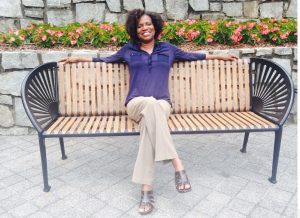
Sitting in the nosebleed section of the Edward Jones Dome in St. Louis, Missouri, my eyes panned the spectacular pageantry below. Nationals from across the globe decked in traditional garb. Colorful flags floating gracefully across the stage. Faces beaming with pride for church and country.
For attendees of the 2005 General Conference Session of Seventh-day Adventists, it was the moment that we had all been waiting for – a Parade of Nations to celebrate Adventism’s global diversity, and we were not disappointed.
From Panama to Papua New Guinea, Mongolia to Mozambique, Nigeria to New Zealand, representatives from each of the denomination’s 13 divisions paraded on stage to much pomp and circumstance, as compatriots in the bleachers cheered enthusiastically for their countries.
However, no group shouted louder than Seventh-day Adventists from the English- and French-speaking Caribbean, who let out a collective roar when Jamaica, Haiti and Guyana were called. That is when my eyes first opened to the true impact of Adventism in the Caribbean basin, the region of the denomination’s greatest success, according to some experts.
I am a fourth generation Adventist, with roots in Nevis and Antigua, where my great-great grandparents were among the first on their islands to embrace the Adventist faith. I am also a curious journalist who has written extensively about race, demographics and Caribbean culture over the decades.
I witnessed the demographic changes within the Adventist denomination first-hand, and I have long wanted to document them in a way that enhances the discussion about race, not only in the church but also in America generally.
Now, as an assistant professor at Southern Adventist University, I have the privilege of conducting this research with an amazing group of students.
Through “Investigating Diversity: Exploring Race, Gender and Unity in the Adventist Church,” we begin that journey

